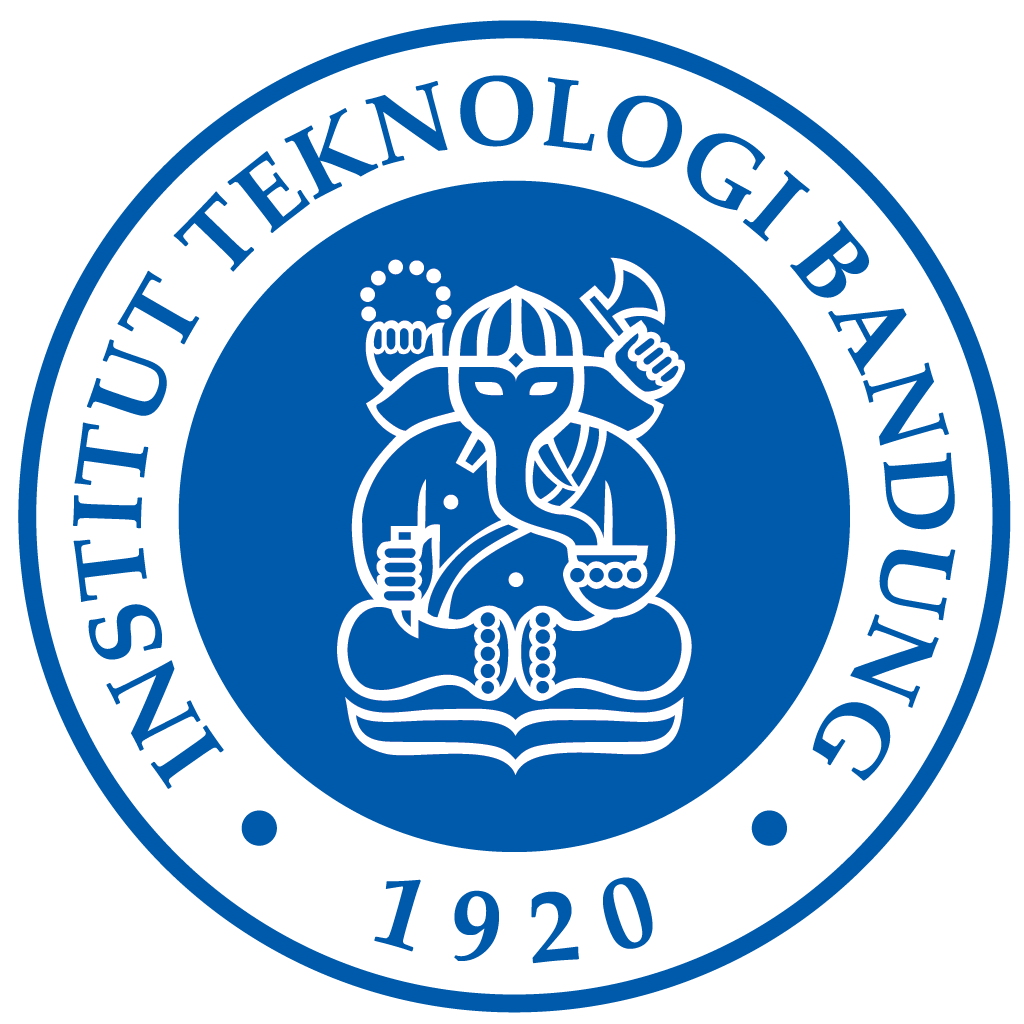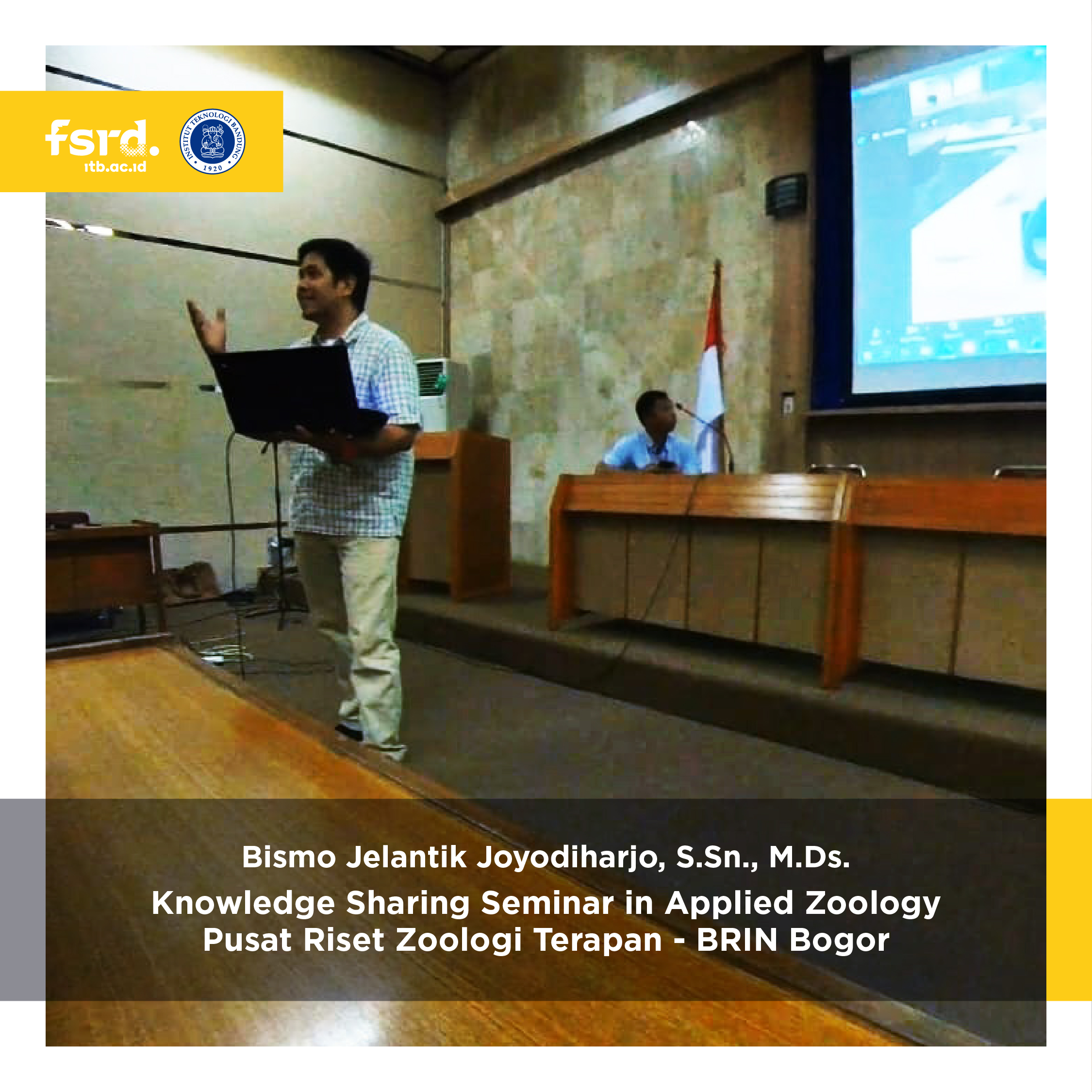Bismo Jelantik Joyodiharjo, S.Sn., M.Ds. in Knowledge Sharing Seminar in Applied Zoology with Research Center for Applied Zoology – BRIN Bogor
Indonesia has a wealth of biodiversity with various structures and functions of each animal in its adaptation to various environmental stresses. The results of these adaptations can last for a long time because they are mutualistic with other creatures.
Indonesia has an abundance of biodiversity, with each animal having unique structures and functions that help it adapt to diverse environmental pressures. Because these adaptations involve mutualism with other animals, their effects can continue for a very long time.
From the scientific perspective, Bramanto Wikantyoso, M.Agr, Ph.D., from the Research Center for Applied Zoology BRIN provided anatomical observations on termite sensory organs (Coptotermes) revealing the presence of cuticle structures that have different structures and densities in supporting the function of the sensory organs of soil insects that have eusocial behavior. This structure has similar functions with springs dan dampers, which provide flexibility and limit the motion of hair-type mechanical sensors, and dome structures which provide input amplification and transduction effects to plate-type mechanical motion sensors.
Bismo Jelantik Joyodiharjo, S.Sn., M.Ds., a lecturer from Human and Industrial Product Research Group FSRD ITB shared some insights on the concept of Creative Exploration from the point of view of Science, Engineering, Design, and Art.
Bismo Jelantik Joyodiharjo on this occasion said that “Humans are in the middle of nature (eco) not above it (ego) with examples of product development inspired by nature through one of the innovation processes currently being developed, namely Mimicry, Process, and System (MPS). This alternative method can help product development through the surface, behavior, and function of Nature, with formative, subtractive, and additive industrial processes as well as integral or modular systems.”
The seminar moderated by Dr. Andhika Yudha Prawira, S.K.H., M.Si. from the Center for Research in Applied Zoology took place with lots of discussions. It is planned that the Center for Research in Applied Zoology and the biodesign.itb virtual lab will collaborate in multi-disciplines in the context of exploratory practices, experimentation, and science-based design applications for products that are beneficial for people’s lives.


